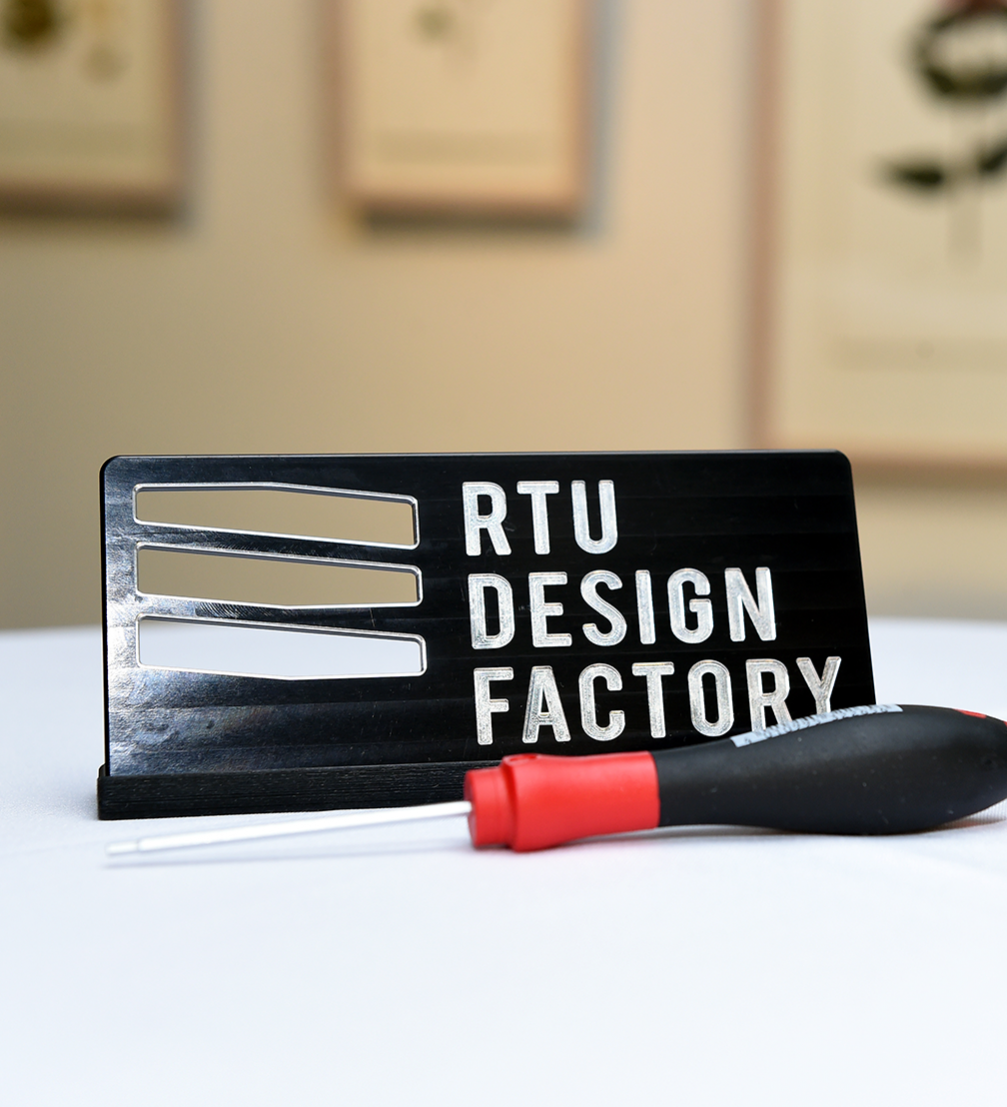
The Design Factory of Riga Technical University in Ķīpsala started its work in autumn 2014. By now it has grown — its premises have expanded, the spectrum of technologies has increased. Different cooperation programs have been created, for example, by January 31 students can apply to «Demola Latvia», a cooperation program between students, companies and universities, and the application for the «Climate– KIC» programme will open soon. Public events often take place in Ķīpsala, and anyone who is interested is welcome.
«The Design Factory is a place where new ideas are transformed into tangible products with high added value,» says Guntis Kuļikovskis, Head of Riga Technical University Design Factory (RTU DF). He explains that activities at the Design Factory can happen at various levels. The first steps are usually taken in The Lab, an open laboratory located in the basement of the RTU Faculty of Architecture and Urban Planning. «This place is occupied mostly by students of Riga Technical University who fulfil their ideas there. We explain how to operate the equipment, advise on the choice of technologies or materials. Most often, those are relatively simple ideas that are realised in The Lab, but our goal is to support their authors on the way to higher results. We offer both the necessary equipment and information on how to develop ideas — how to find likeminded people, how to talk about the concept, and how to attract funding,» says Guntis. The next level is the Design Factory, where long–term projects are being developed, with students collaborating with scientists and businesses. People of different age groups and various fields work together and show their strongest professional qualities. For students, it is ardour, ability to work for long periods of time and to come up with incredible solutions, for representatives of the academic environment — information and experience, and for the companies — knowledge of practical needs.
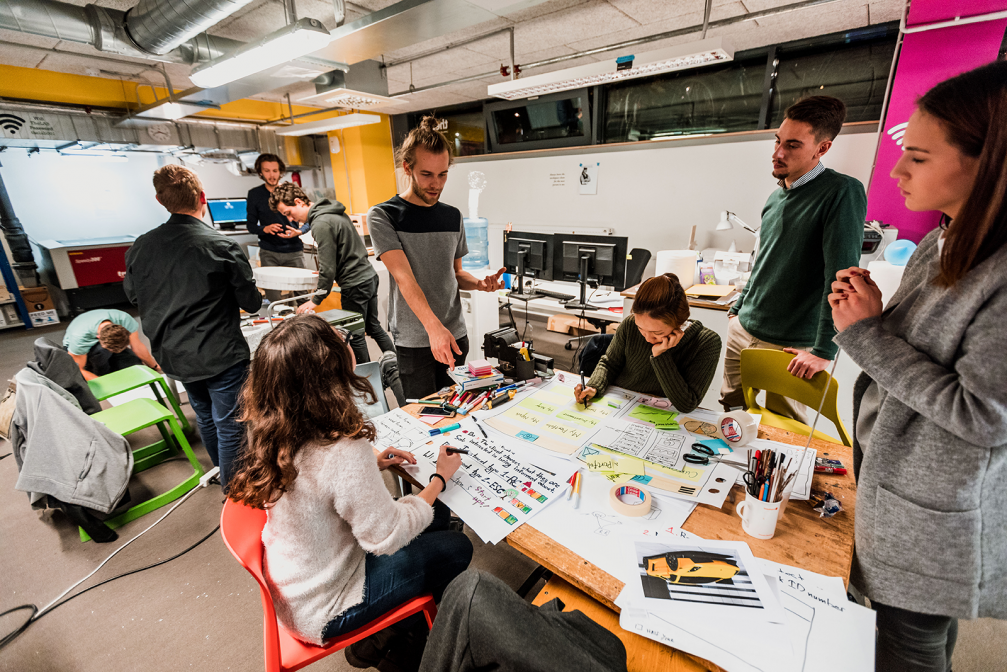
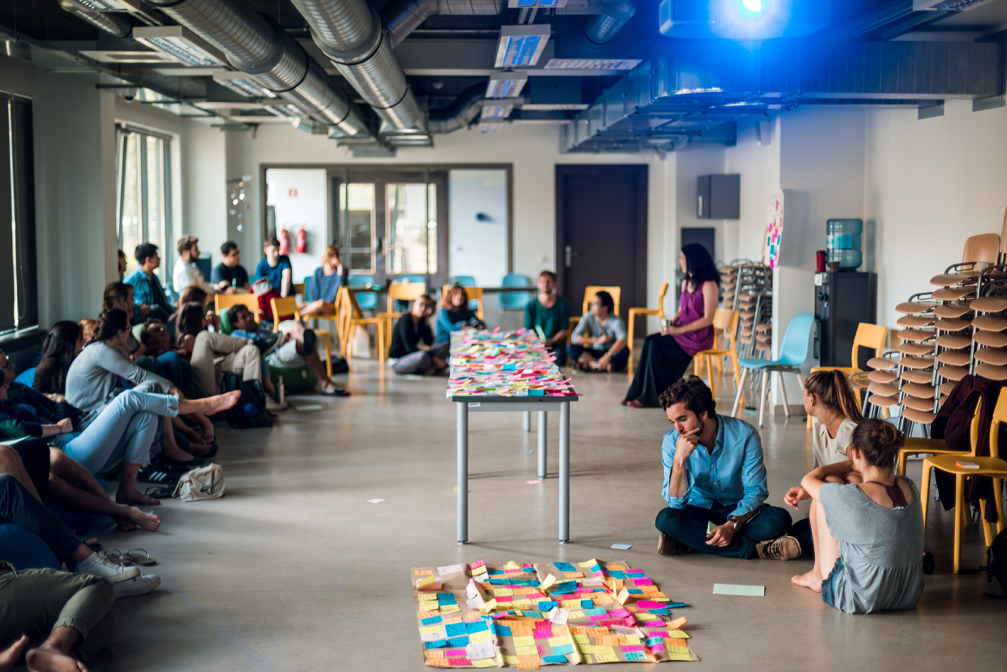
Finland’s example
Reflecting on the beginnings of the Design Factory, Guntis reveals that they are related to his personal interest in the development of robotics industry in Latvia: «I’ve taken part in the development of robotics movement since 2007 — I organised competitions and training and was one of the founders of the RTU robotics club. In the club, we built robots for the needs of various industries and invited others to do so. Due to this process, we gained an understanding of the importance of working space and equipment that could allow us to create technically complex solutions. At that time, we were able to develop our plans only to a certain level, but we wanted to do more. New ideas were generated very quickly, and just as quickly we wanted to check whether they would work.» Thus the decision was made on establishing the RTU Prototyping centre with the aim of providing a platform where students and teachers could put their knowledge into practice. The main requirements for the premises — the possibility to work there at any time of the day, as well as an appropriate size, convenient for large–scale works and delivery of materials.
An important role in the development of the centre was played by the designer Charles Bušmanis, who urged his colleagues to take an experience exchange trip to the University of Aalto in Helsinki. Guntis remembers that before visiting Finland, the dream of such a spacious centre as RTU DF is at present seemed unreachable, but the experiences in Finland encouraged him to believe that this is also possible in Riga. Inspired by Aalto’s experience, a social function was added to the concept of the RTU prototype centre — the premises became accessible to a wider circle of interested people, and cooperation with companies was developed, thus integrating the idea of the centre into the global Design Factory network. Twenty cities in the world participate in this international cooperation program, and since October 2016 Riga is one of them.
Technical possibilities
When entering Design Factory’s premises, visitors first find themselves in the kitchen. Guntis points out that the location and the meaning of the kitchen were clear from the very beginning — in the fast–paced daily rhythm this space ensures regular team meetings and exchange of ideas. Next is a spacious co–working room where Design Factory’s team and students participating in the factory projects work on a daily basis. If there are events or training workshops taking place, the premises can be easily adapted — the co–working space is connected to the adjacent auditoriums or can be divided into smaller areas. Like in the open laboratory The Lab, also on the upper floor the larger part of the premises is used for workshops, which, as Guntis explains, contain heavy artillery — a room for vacuum casting, a large–format saw, and other equipment. As the Design Factory’s representatives point out, Riga Technical University is currently the only place in the Baltics where such a wide range of equipment and so many trained professionals are available in one place. Technological supplies in the Design Factory are impressive, including 3D printers of four different sizes and other valuable equipment for laser cutting, engraving, large format printing, as well as an electronics workshop.
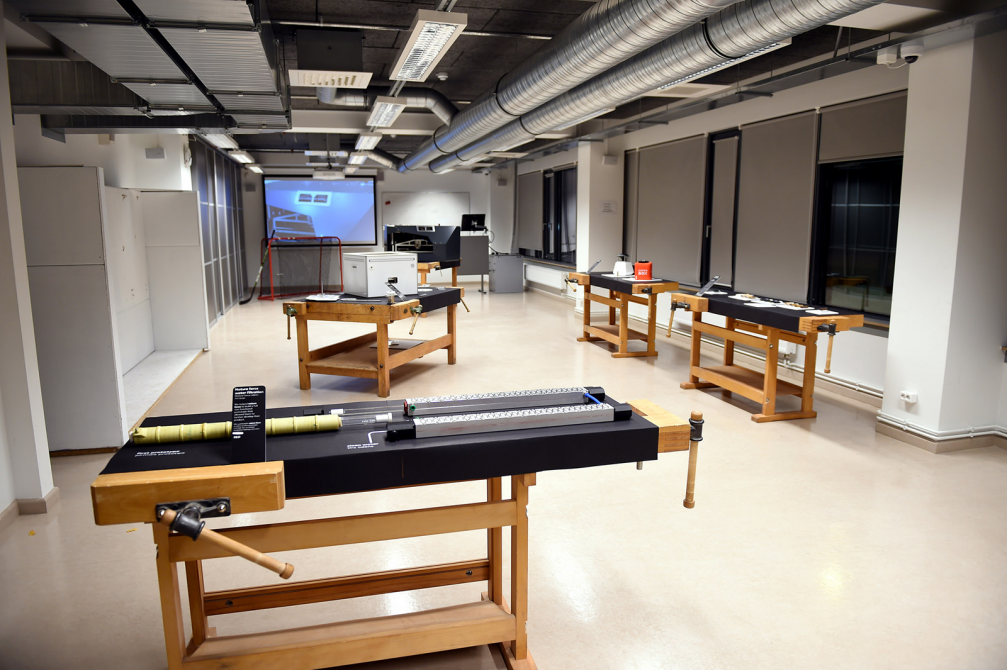
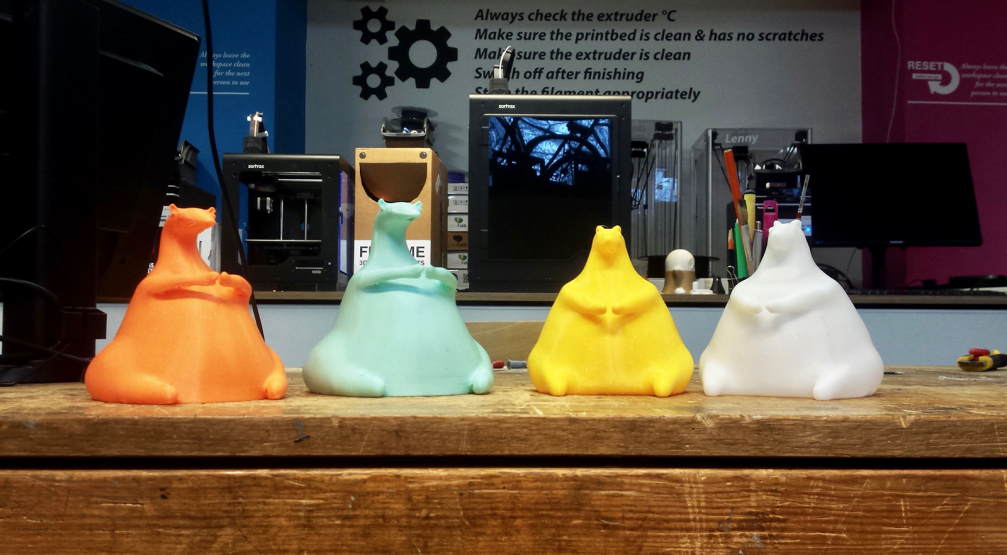
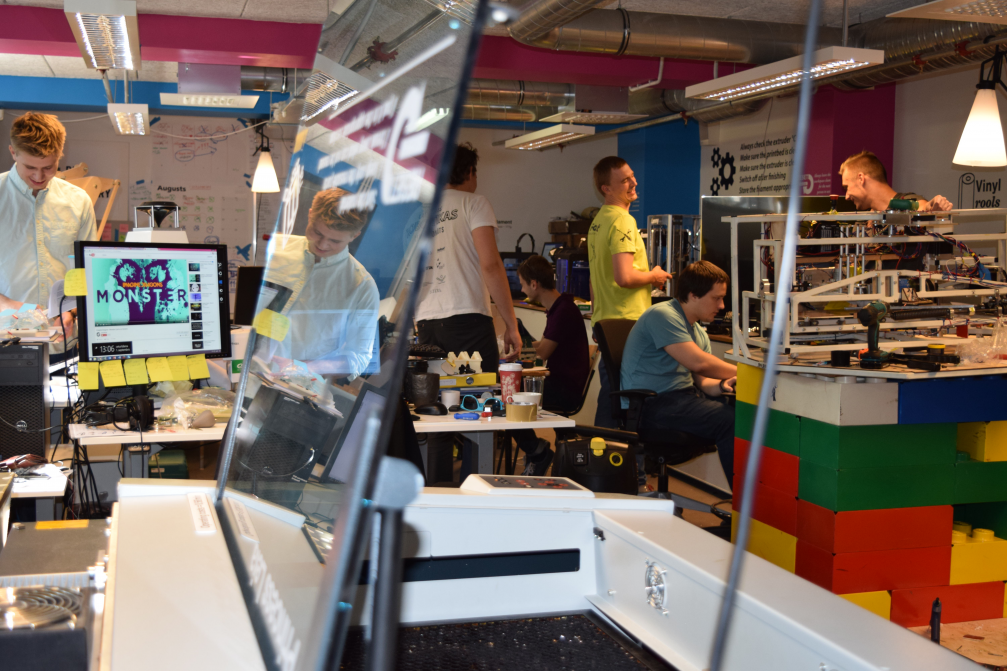
Interdisciplinary cooperation
The Design Factory coordinates long–term collaborative projects where students and university lecturers work together with business representatives and address customers’ needs of various scale. Guntis mentions that the project development initiative can come from both the university and the private sector: «This is a two–way process — companies are turning to us with their ideas, and, by attracting entrepreneurial experience, scientific development is successfully commercialised». How does the Design Factory motivate companies to participate in this collaborative experiment? Guntis says that companies mostly get in touch themselves. «There are different reasons. This may be a follow–up after a series of simpler projects implemented together, or after an informative tour at the Design Factory. Often these are people who want to do something, but haven’t found the right way to carry out their ideas.»
So far, in the Design Factory’s projects representatives from Riga Technical University, Latvian Academy of Art and Riga Stradiņš University have been involved. «The more diverse is our outlook, the better the result,» emphasises Guntis. A scientist in the given field is assigned to the team, as well as a representative of the company.
Speaking about accomplishments, Guntis highlights the most ambitious collaborative project by Design Factory so far — a hockey robot that captures the field with stereo cameras and, according to the set program, shoots the pucks in certain directions. Five students from mechatronics, electrical engineering, computer control, intellectual robotic systems and medical engineering study programs participated in the development of the robot. The result by far exceeded the original intentions. «When we started the work process, our task was to develop a technical device capable of accurately firing the pucks, but the outcome is an entirely new product for organising the training process and time on ice during training sessions of both professional players and youth,» says Guntis. The trainer of a goalkeeper can set up a training program on his smartphone, receive statistics on the training process, and the student’s progress.
Currently, the Design Factory is working on specialised sports equipment for the Latvian sledging team, developing sensors that can be integrated in clothing, and improving functional assemblies for a children’s balance bike.
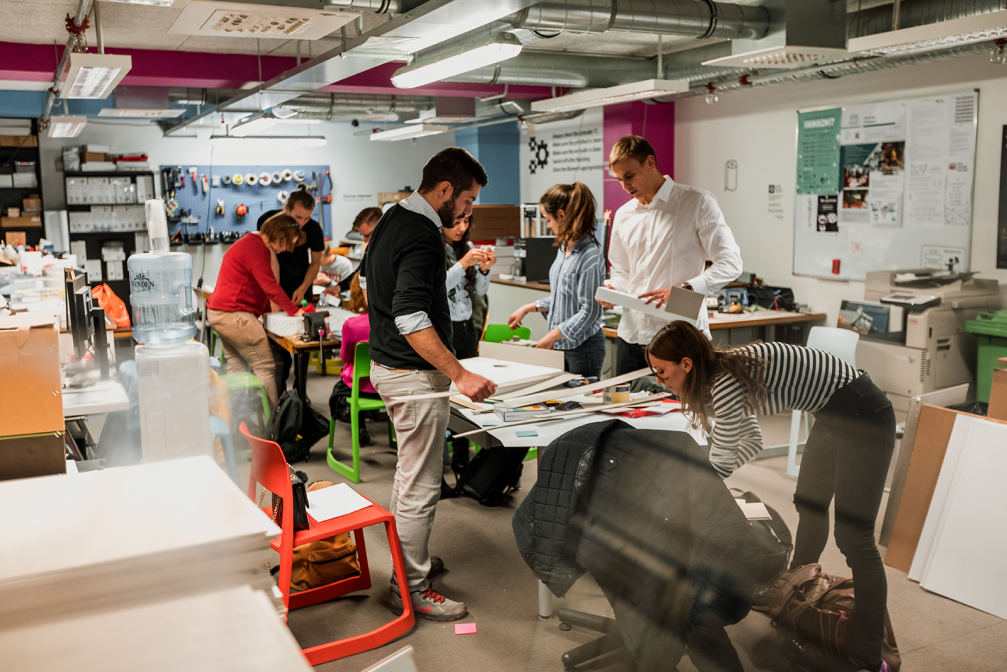
Design–doing
When asked about the importance of design in Design Factory’s everyday life, Guntis is sceptical, saying that public opinion about design is often too conservative: «What we are doing is practical design. So far, we have not had the need for graphic design or similar things, but unfortunately, it is often expected from us, since we have the word «design» in our name. We are asked if we could make posters… Being an engineer, for a long time I didn’t know that what I am doing on a daily basis is called design thinking, or as I like to call it, design–doing. It has always been a natural process — thinking in the process of doing, which involves the generation of ideas and iteration of the processes. Yes, we’re designing, but we’re not trying to define it or particularly promote it. We introduce people to the process, encourage them not to be afraid of ideas, support each other, and be less critical of themselves. To do, and to evaluate the act in the process». Adding to what was said by Guntis, the Design Factory’s project coordinator Līga Efeja says: «We are practitioners of design thinking and engineering design. It is very important in our work to understand and clearly define the problem that needs to be solved, to follow critical, guiding questions, and to involve real users of the product or service in development and testing. And, of course, to prototype! The opportunity to make ideas tangible and to try them out in real life allows you to find the aspects that need to be improved. Our goal is to change the mindset of the students and companies we work with. Technical solutions are not self–serving — they must serve to implement well–thought–out, life–tested and innovative solutions that bring about changes in users’ lives.»
The Design Factory’s desire to describe the concept of design as a process and to promote interdisciplinary collaboration between students and educators is very welcome. Knowing the predominance of scientific study programs at the university, it is also understandable that engineering students prevail in the teams of collaborative projects, however, the hope is there that in the future the interdisciplinary aspect of the Design Factory would broaden even more, and designers would be involved in the entire product development process. Stereotypes about the concept of design should be overcome by actively participating in the development of the industry. The designer who is trained in accordance with modern requirements is, first of all, a rational strategist who is able to translate the needs of the user into the engineers’ language and convert technical solutions into user–oriented products.
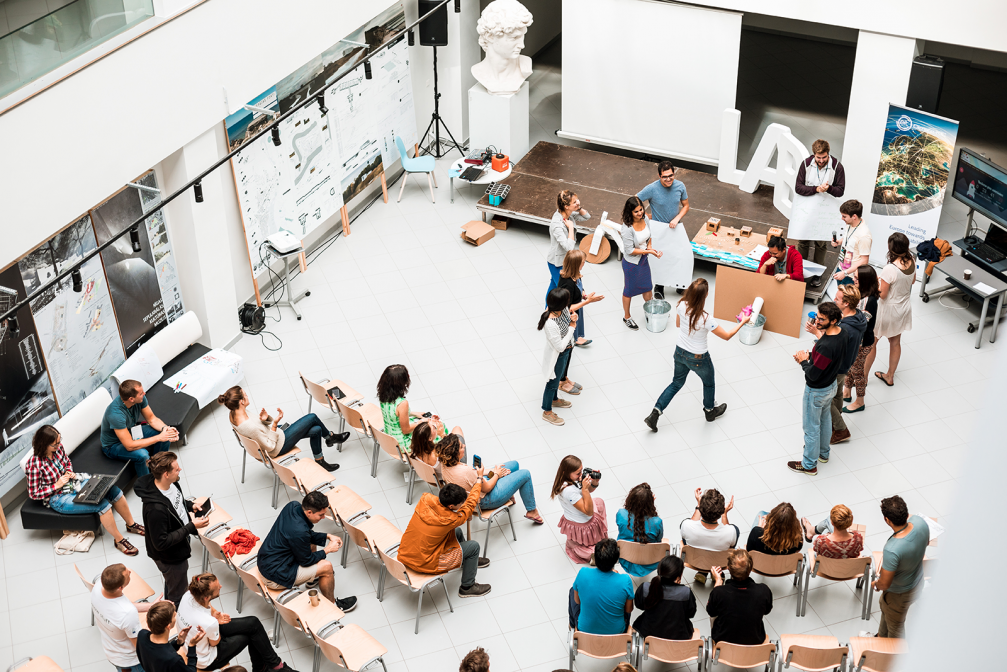
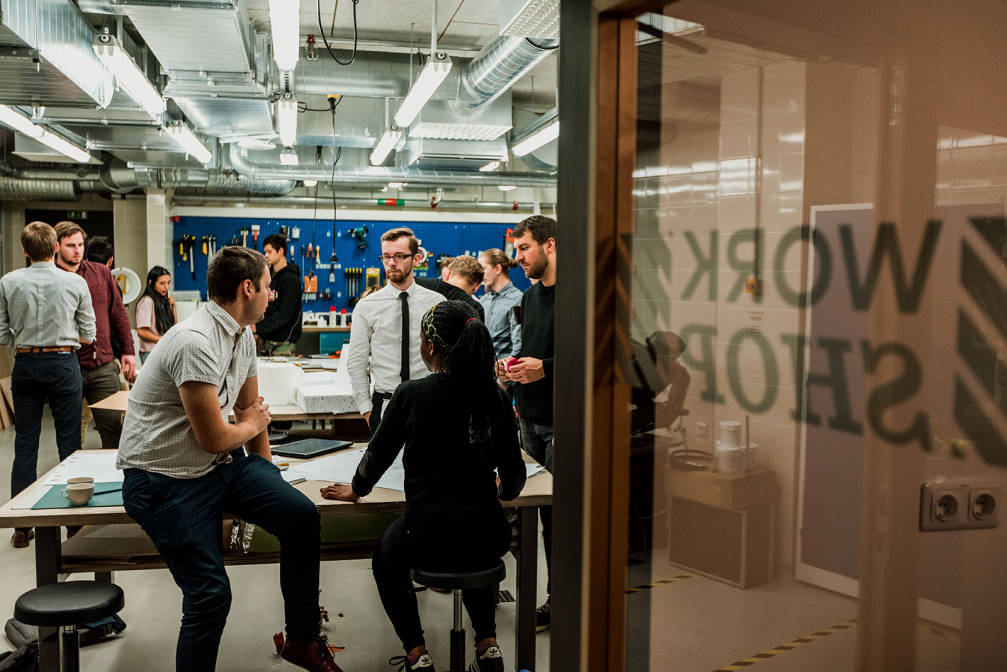

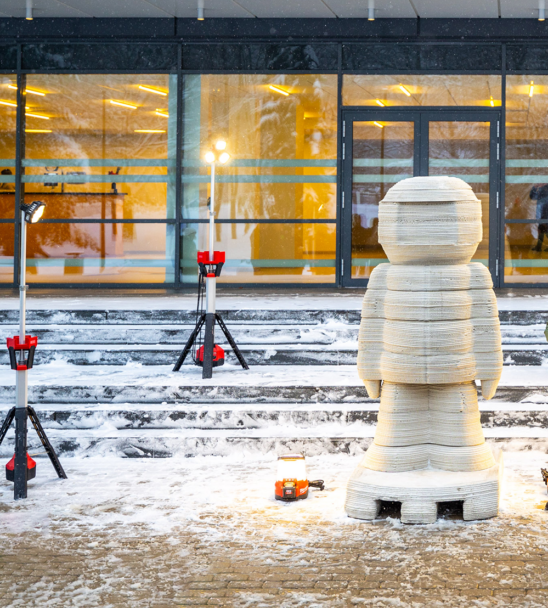
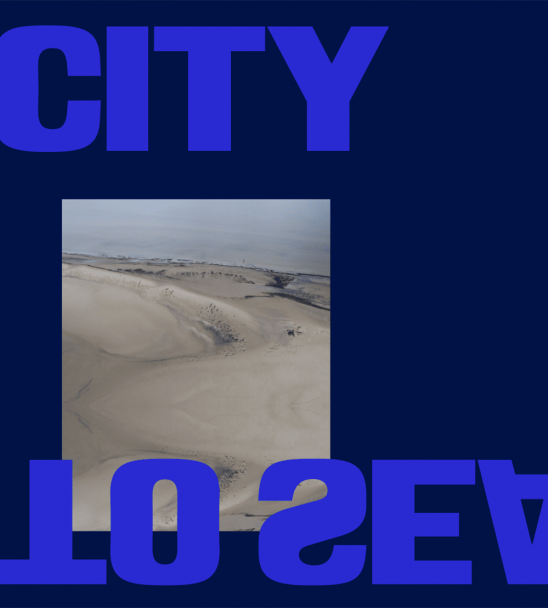
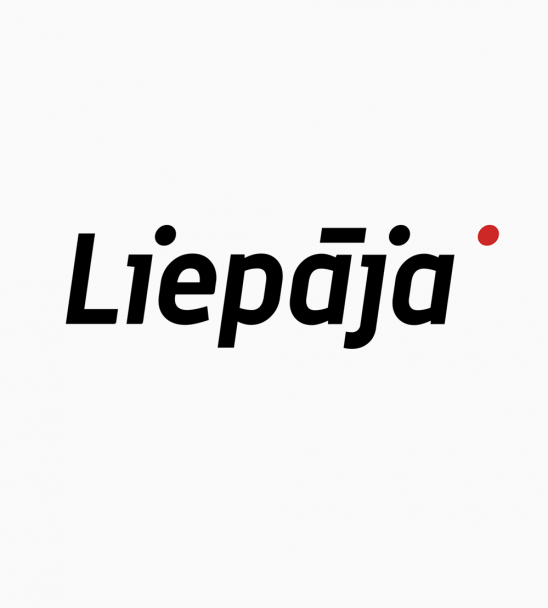
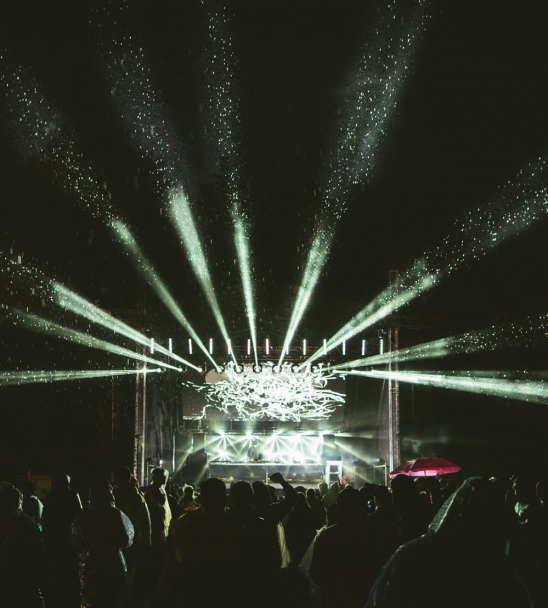
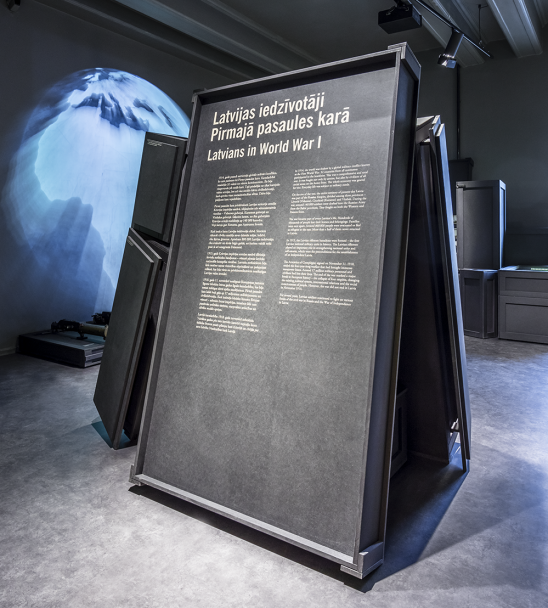
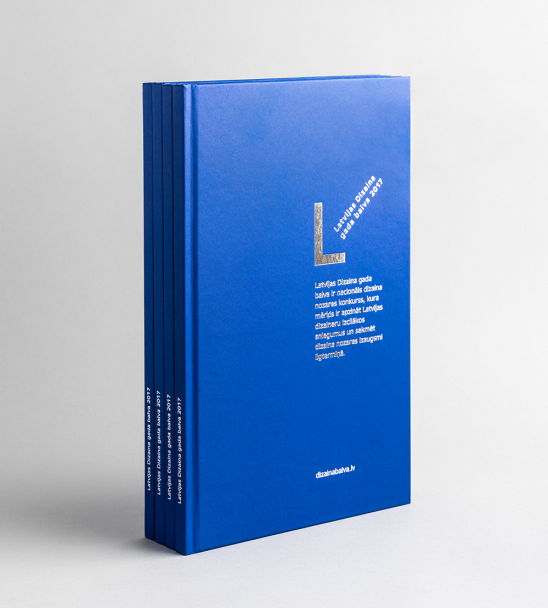
Viedokļi